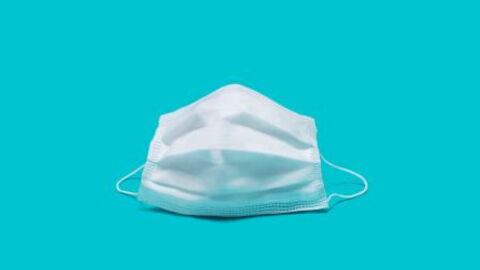Masks are everywhere these days. The reason? To attempt to stop the spread of the coronavirus. However, this WHO recommendation is not to everyone's liking. Anti-mask movements are forming, which speak out against this measure considered by some to be a restriction on freedoms.
Discover our latest podcast
For those who are following recommendations, other consequences of wearing a mask have appeared. In addition to (sometimes) causing bad breath, masks can also cause headaches, nosebleeds, and other discomforts.
What symptoms may appear when wearing a mask?
Some complain of fatigue, and others irritation or acne. Some even some suffer from headaches and nosebleeds... could the mask do more harm than good?
According to retired neurosurgeon Dr Russell Blaylock interviewed by Technocracy News, prolonged use of a mask could lead to health risks. But what is this doctor basing this on? On 17 studies carried out on the wearing of masks during flu season, since no studies on this subject have yet been carried out for COVID-19.
According to the neurosurgeon, prolonged use of a mask could lead to ‘headaches, increased airway resistance, carbon dioxide accumulation, hypoxia, to the point of serious threat to life.’
However, this information should be taken with a grain of salt, since this is the point of view of only one person.
Which masks could be the most dangerous?
When it comes to fabric, recycled hemp fibre, or surgical masks, some could do more damage than others. N95 masks could be more bothersome for users than other types of protection. Elastics which are too tight, placing too much pressure on the nose and mouth, could be the cause of headaches. Dr Russell Blaylock explains:
Researchers found that the mask significantly reduced oxygen levels in the blood. The longer the mask is worn, the greater the decrease in blood oxygen levels.
Knowing when to take breaks during the day in order to breathe is highly recommended, for example during your lunch break.
As a reminder, the WHO strongly recommends that you protect yourself and others by wearing a mask. So don't forget it at home next time you go out!
Check out the video above for more information!















